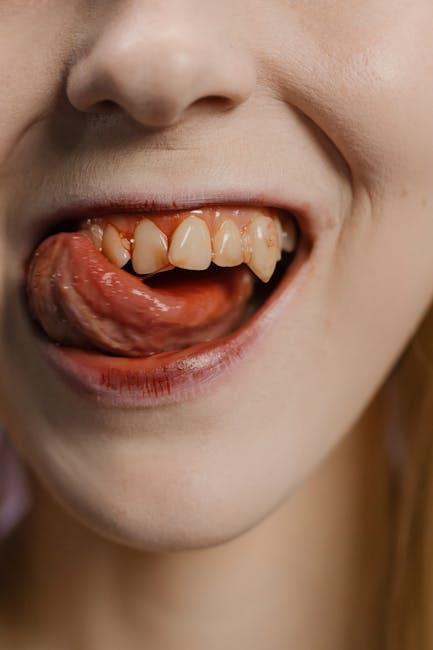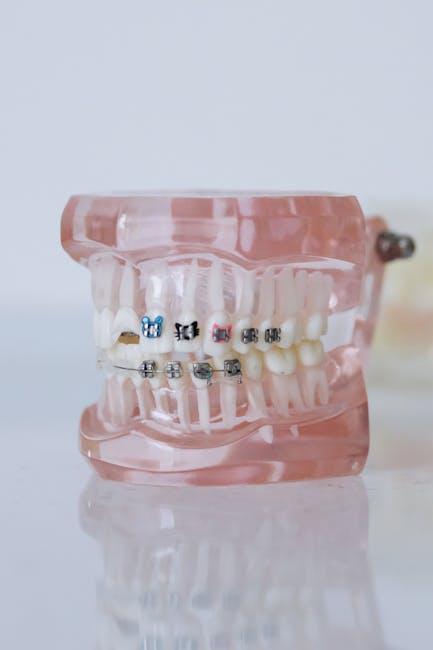
Dental Mistakes Pet Owners Make – Expert Insights from DVM360
As pet owners, we want the best for our furry companions, but when it comes to dental care, misunderstandings and common mistakes can negatively affect their oral health. Dental disease is one of the most prevalent health issues in pets, yet it often goes unnoticed until the problem worsens. Based on insights from DVM360, this article explores some typical dental mistakes pet owners make, how to avoid them, and practical tips to maintain your pet’s oral hygiene. Whether you have a dog, cat, or exotic pet, understanding these dental pitfalls is essential for enhancing their overall well-being.
Understanding the Importance of Pet Dental Care
Pet dental hygiene goes beyond a fresh breath – it’s crucial for their systemic health. Poor dental care can lead to painful gum disease, tooth loss, and infections that affect vital organs such as the heart and kidneys. Veterinarians emphasize the importance of regular dental check-ups and effective at-home oral hygiene routines to prevent these issues.
Common Dental Mistakes Pet Owners Make
1. Ignoring Dental Symptoms Until They Become Severe
Many pet owners overlook subtle signs of dental problems, such as bad breath, excessive drooling, difficulty eating, or pawing at the mouth. Delay in addressing these symptoms can cause irreversible damage. Early detection through routine vet visits is key.
2. Skipping Regular Professional Dental Cleanings
Some assume brushing at home replaces professional cleanings, but veterinary dental procedures involve scaling and polishing that remove tartar and bacteria below the gumline — areas home care alone cannot reach.
3. Using Incorrect or Harmful Dental Products
Using human toothpaste or abrasive products can harm your pet’s mouth. Pets require specially formulated pet toothpaste that is safe if swallowed, with flavors they accept.
4. Neglecting Consistent At-Home Oral Care
Dental disease prevention requires daily or at least several-times-weekly brushing. Many pet owners get discouraged by initial challenges or don’t know how to brush properly, leading to irregular or ineffective cleanings.
5. Relying Solely on Dental Chews or Treats
While dental chews and treats can support oral health, they cannot replace brushing or professional care. Over-reliance on these products may create a false sense of security.
Table: Comparison of Common Dental Mistakes and Their Consequences
| Dental Mistake | Potential Consequence | Recommended Action |
|---|---|---|
| Ignoring early symptoms | Progression of gum disease and tooth loss | Schedule vet dental exams twice a year |
| Skipping professional cleaning | Tartar buildup under gums leading to infections | Annual veterinary dental cleaning |
| Using human toothpaste | Mouth irritation or toxicity | Use pet-safe toothpaste only |
| Inconsistent brushing | Plaque accumulation and bad breath | Establish daily brushing routine |
| Relying only on chews/treats | Incomplete plaque removal | Combine chews with brushing and vet care |
Benefits of Proper Pet Dental Care
- Improved overall health: Prevent systemic infections linked to dental disease.
- Reduced veterinary costs: Avoid expensive treatments related to advanced oral problems.
- Enhanced pet comfort: Minimize pain caused by inflamed gums or broken teeth.
- Better breath: Maintain pleasant-smelling breath and reduce bad odors.
- Longer lifespan: Healthy teeth contribute to a happier, longer life.
Practical Tips for Avoiding Dental Mistakes
Start Early and Stay Consistent
Introduce oral care to your pet at a young age for easier acceptance. Make brushing a positive experience using treats and praise to encourage compliance.
Choose the Right Tools
Invest in pet-specific toothbrushes and toothpaste. Finger brushes and small-headed brushes are ideal for most dogs and cats.
Routine Veterinary Dental Checks
Don’t wait for symptoms to arise. Schedule dental exams at least once a year to catch issues early.
Use Dental Chews and Toys Wisely
Select veterinarian-approved dental chews and toys made to reduce plaque and tartar safely.
Observe Your Pet’s Oral Health
Regularly check your pet’s mouth for redness, swelling, or broken teeth and consult your vet if you notice abnormalities.
Case Study: Bella’s Journey to a Healthy Smile
Bella, a 5-year-old Labrador Retriever, was initially resistant to tooth brushing. Her owner noticed persistent bad breath and reluctance to eat. After a veterinary dental cleaning and establishing a daily brushing schedule using flavored pet toothpaste, Bella’s oral health improved dramatically. Regular checkups ensured her teeth stayed clean, and Bella’s quality of life increased noticeably.
Conclusion
Dental health is an essential part of your pet’s overall wellness and quality of life. Avoiding common pet dental mistakes, such as neglecting early signs, skipping professional cleanings, and using improper products, can prevent serious health complications. By partnering with your veterinarian and committing to daily at-home care, you can help ensure your beloved pet’s smile stays bright and their health remains optimal for years to come.
Remember, a healthy mouth means a happy pet!


